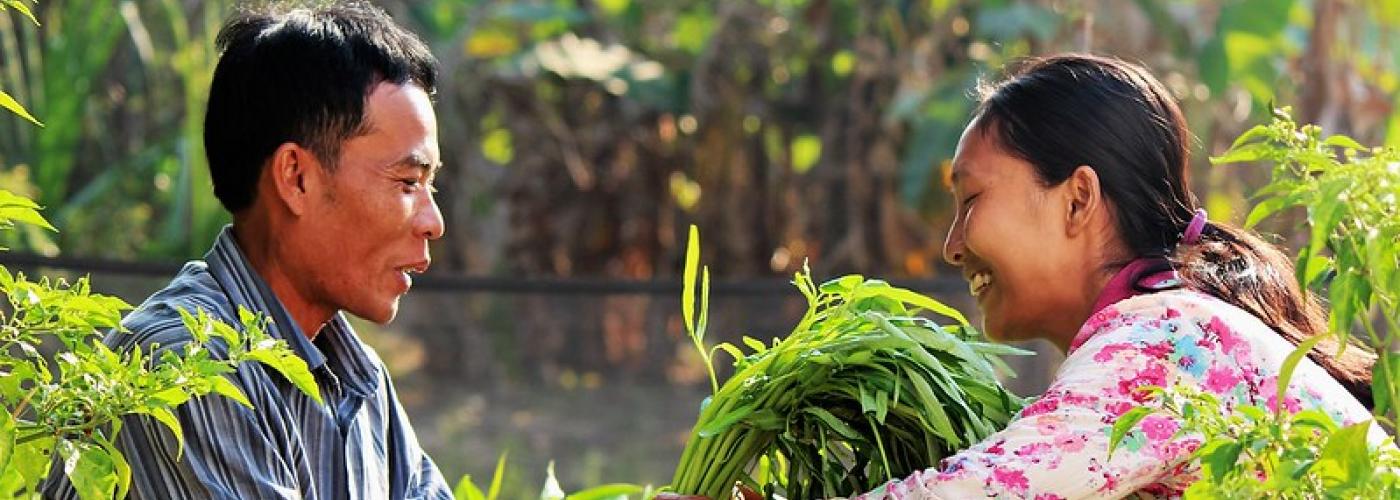Blended Finance in Cambodian Rural Water Supply: Triggering Private Water Operator Investment with Viability Gap Funding
Image

Infrastructure – roads, telecommunications, water, electricity – is essential for economic growth and poverty reduction. In its absence, individuals and nations suffer economic and social costs. Goods can't be brought to markets without roads, and few businesses can operate without water or electricity. Health improvements and other social development gains won't be fully realized without investing in infrastructure. Developing infrastructure is capital intensive and an array of public and private financing options exist, but investment gaps persist. Public resources are constrained and directed where they are expected to have the most impact, which is most often urban areas. Private investment in infrastructure seeks a financial return, which is likely to be greater in urban areas or from large projects with many users, such as roads or telecommunications.
The financing challenges of infrastructure, and especially rural water infrastructure, have only grown with the adoption of the Sustainable Development Goals (SDGs), which aspire to higher levels of service provision for all. This shift in focus has several practical implications, all of which contribute to an increased price tag of reaching the SDGs, estimated to be $37 billion USD per year until 2030, a tripling of current investment figures. Given the cost implications of the ambition for safer, more convenient, and more equitable services, the water sector is talking more and more about blended finance, defined by the Organisation for Economic Co-operation and Development (OECD) as "the strategic use of development finance for the mobilization of additional finance towards sustainable development in developing countries."
While blended finance of infrastructure tends to bring to mind mega-projects, in many emerging economies, small private operators have played a role in financing asset development and supplying water services in the absence of public service providers. Cambodia is one example — private water operators supply millions of Cambodians in rural areas and small towns with essential basic services. Cambodia has experienced high rates of economic growth and poverty reduction but has struggled to translate the benefits of growth and poverty reduction into equitable access to water and electricity throughout the country. Public utilities are estimated to provide 1.2 million Cambodians with water, complemented by an estimated 300 private water operators in Cambodia that supply over 1.4 million Cambodians with piped water in small towns and rural areas. Many of these operators could technically expand to unserved areas but are constrained by capital for investment and information about payback time.
To address these constraints, the Australian Department of Foreign Affairs and Trade is funding Palladium to implement the Investing in Infrastructure program, which is testing a known blended finance tool — viability gap funding (VGF) — in the Cambodian water market. VGF is a subsidy tool that governments use to incentivize private investment in infrastructure projects that are economically and socially viable but are not financially viable in the short term. It has been used by governments in many countries to encourage private investment in infrastructure projects, but most of these examples have been on a very large scale and in lucrative sectors, such as transportation and energy. It has been less applied for smaller infrastructure investments and in less profitable sectors, such as water.
3i has successfully demonstrated that by providing business viability information and viability gap funding, private water operators will invest and expand into unserved areas. The program has triggered investment from 53 private water operators. With a total contractual commitment of $10.5 million USD by 3i to date, the 53 companies have committed to investing over $15.6 million USD in expanding water sources, constructing water treatment plants, and extending piped networks. This is equivalent to a private investment of $1.56 USD for every $1 invested by 3i. 5,392 households — equivalent to 24,264 people — have connected. Future connections of 155,347 households and companies may reach nearly 700,000 Cambodians. It's estimated that a further 100 or 200 sites could be made commercially viable with similar viability gap funding.
Although the political economy of Cambodia’s water sector has contributed to the success of the viability gap funding to date, many countries share similar characteristics to Cambodia — low levels of coverage, a weak domestic resource allocation, some existence of private operators, and a post-conflict history. Public agencies and donors operating in countries with such characteristics may benefit from considering viability gap funding in their blended finance portfolios.
For more information, read the learning brief on Viability Gap Funding for Private Water Operators in Rural Cambodia.

